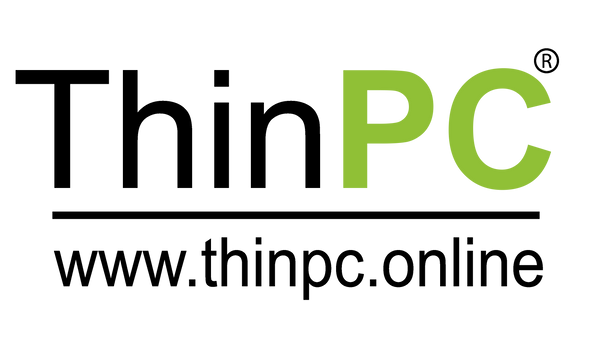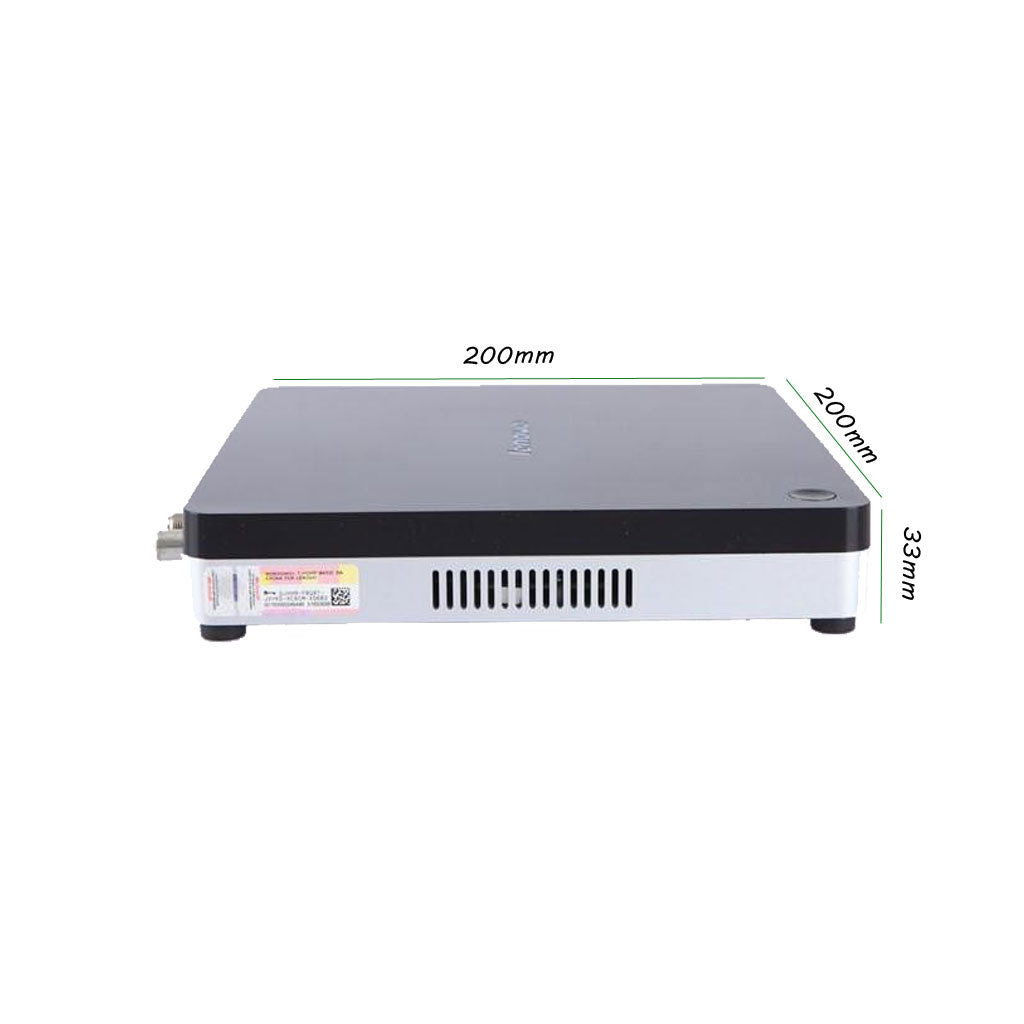It will support only HDMI LED
Check brand before buying in led screen
Lenovo K80 Mini PC Can be used for Family Entertainment as well as for Storage of your personal Data.
This PC can be used for Home Entertainment as well as personal Computer.
just Connect this PC to your TV or Monitor and start working on it.


Play Youtube Videos, Online Games, Email, Word, Spreadsheet and any application for home and office which supports windows OS.
| Model Number | Lenovo K80 |
| CPU | Intel SoC CE4157DS 1.2GHz |
| OS | WIN7 HOME BASIC |
| Memory | 2G RAM |
| Hard Drive | (option to buy any capacity storage) |
| Resolution | 1024 x 768 (Support : 1280 x 720) |
| Ports | 4 USB | 1 LAN | 1 HDMI | AV & YPbPr Output | Card Reader & Wi-Fi |
| LAN | Ethernet LAN 10 / 100 Mbps |
| Power | 36W |
| Dimension (W x D x H) | 200 x 200 x 33 mm |
| Weight | 1.8 kg |
| GST | 18% All inclusive |
| Courier | All inclusive by Surface Delivery |
| Qty Price | Call us 9664480007 |
| Warranty | 1 Year Carry In Mumbai Service Center Warranty |
SSD Vs HDD Comparison for your reference
Now it’s time to do some comparisons and determine which might be best for your individual needs - SSD or HDD? The best way to compare items is a table with a side by side comparison of items in which a green box indicates an advantage:
| Attribute | SSD (Solid State Drive) | HDD (Hard Disk Drive) |
| Power Draw / Battery Life | Less power draw, averages 2 – 3 watts, resulting in 30+ minute battery boost | More power draw, averages 6 – 7 watts and therefore uses more battery |
| Cost | Expensive, roughly $0.10 per gigabyte (based on buying a 1TB drive) | Only around $0.06 per gigabyte, very cheap (buying a 4TB model) |
| Capacity | Typically not larger than 1TB for notebook size drives; 1TB max for desktops | Typically around 500GB and 2TB maximum for notebook size drives; 6TB max for desktops |
| Operating System Boot Time | Around 10-13 seconds average bootup time | Around 30-40 seconds average bootup time |
| Noise | There are no moving parts and as such no sound | Audible clicks and spinning can be heard |
| Vibration | No vibration as there are no moving parts | The spinning of the platters can sometimes result in vibration |
| Heat Produced | Lower power draw and no moving parts so little heat is produced | HDD doesn’t produce much heat, but it will have a measurable amount more heat than an SSD due to moving parts and higher power draw |
| Failure Rate | Mean time between failure rate of 2.0 million hours | Mean time between failure rate of 1.5 million hours |
| File Copy / Write Speed | Generally above 200 MB/s and up to 550 MB/s for cutting edge drives | The range can be anywhere from 50 – 120MB / s |
| Encryption | Full Disk Encryption (FDE) Supported on some models | Full Disk Encryption (FDE) Supported on some models |
| File Opening Speed | Up to 30% faster than HDD | Slower than SSD |
| Magnetism Affected? | An SSD is safe from any effects of magnetism | Magnets can erase data |
If we tally up the check marks, the SSD gets 9 and HDD gets 3. Does that mean the that an SSD is three times better than an HDD? Not at all. As we mentioned earlier, it all depends on individual needs. The comparison here is just to lay out the pros and cons for both options. To aid you even more, here are some rules to follow when you decide which drive is best for you:
Note - Lenovo Mini PC will support 21.5" HDMI LCD / LED or above screen size only.
It will not support HDMI to VGA converter.








